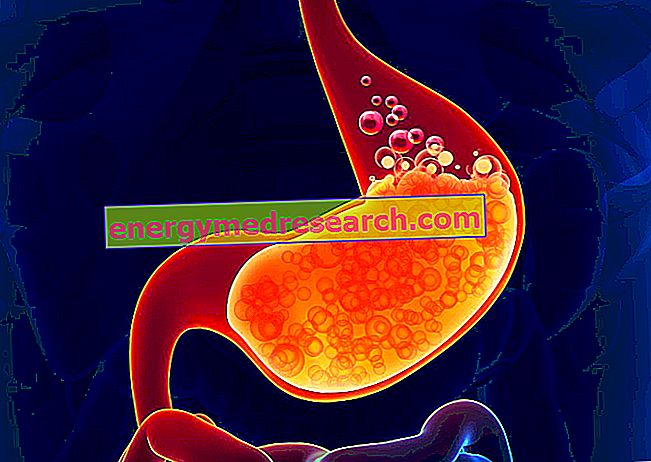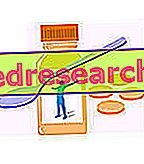What's this
Cholestyramine (Questran ®) is an orally administered drug designed to reduce blood cholesterol levels or improve itching associated with certain liver diseases.
Cholestyramine and High Cholesterol
Cholestyramine is an ion-exchange resin that cannot be absorbed by the intestine. Once at this level, however, it irreversibly binds to the bile acids poured into the small intestine, preventing it from being absorbed.

The body, in fact, tries to restore the pool of bile acids lost due to the drug with a double compensatory mechanism. From one milk increases the endogenous synthesis of cholesterol and on the other the hepatic receptors for LDL, in order to take it from these plasma lipoproteins and incorporate it into bile salts.
Ultimately, therefore, following colestyramine intake there is a reduction in blood cholesterol, partly limited by the increase in endogenous synthesis. There is also a slight decrease in the absorption capacity of dietary cholesterol due to the lack of bile acids.
Other Uses
Ileotomia
Cholestyramine is also used to prevent diarrhea in patients who have undergone ileal resection of the intestine (it is sometimes necessary in the complications of Crohn's disease). At the level of the ileum, in fact, the bile acids are normally reabsorbed which, when this end of the small intestine is removed, attract water in the large intestine due to the osmotic effect causing diarrhea.
Itching from liver disorders
One of the most annoying symptoms related to liver and biliary tract diseases is itching ; this, also common in the third trimester of pregnancy for similar reasons, is attributed to the accumulation of bile acids in the skin, due to the inability of the liver or bile ducts to pour bile into the intestine (for example due to the presence of stones ). From here it is possible to understand the usefulness of cholestyramine in calming the itch, thanks to its already mentioned ability to prevent the reabsorption of the bile quota poured into the intestine. The assumption dosage must be, in this sense, the minimum effective for the control of the disorder.
Effectiveness limits
Cholestyramine is ineffective in the treatment of homozygous familial hypercholesterolemia, in which - due to genetic causes - it is not possible to increase the receptor density as described in the previous paragraph.
Another limit to treatment with cholestyramine is hypertriglyceridemia. In fact, within one or two weeks of taking it, there is a 20-30% decrease in total cholesterol, almost entirely due to LDL (HDL, the so-called good cholesterol, even tends to increase slightly). On the other hand, however, blood levels of triglycerides tend to increase, especially in patients with hypertriglyceridemia. This undesirable effect can be controlled by association with fibrates. When an important reduction in cholesterolemia is necessary, the drug can be associated with statins.
Side effects
The side effects of cholestyramine typically include gastrointestinal disorders - such as constipation, abdominal pain, flatulence, a sense of swelling, heartburn and steatorrhea (with loss of fat-soluble vitamins) - which can be partly improved by adopting a diet rich in liquids and fibers, supported from the integration with liposoluble vitamins. As anticipated, furthermore, following therapy with cholestyramine there is an increase in blood triglycerides, but also in alkaline phosphatase and transaminases. Finally, the drug is contraindicated in the active phase peptic ulcer and can increase the risk of gall bladder stones.
Interactions
The drug can limit the absorption of some medicines (such as thyroid hormones, fat-soluble vitamins, digitalis, oral anticoagulants, thiazides, beta-blockers, corticosteroids, loperamide, NSAIDs, fluvastatin, valproate, doxepin), which must be taken at least 4 hours apart From it.
Mode of use
The doses normally used are high, being on average variable from 8 to 16 grams per day, divided into 2/4 assumptions half an hour before meals or immediately after. The undesirable taste of the drug can be corrected by mixing it in a vehicle with a pleasant taste (for example a fruit juice)
For more information on the use of cholestyramine, see the Questran package leaflet.



